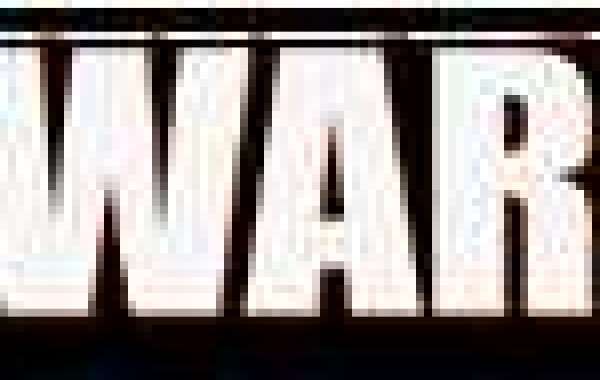Memory is the higher mental skill necessary in our day-to-day life. Sometimes, working memory act as a life skill that help in technical jobs. Without working memory it is difficult to survive, but we are witnessing many new cases of amnesia each day. Amnesia is the scientific term used for forgetfulness. The memory loss can be short-term, long-term and transient loss. However, if one want to survive, it is not necessary to have a super-computer like brain, instead a minimum working memory (short-term memory) may suffice. Working memory act as sticky note or a clip-board that help kid`s brain to briefly hold new information. Unless child masters the skill of working memory, the long-term memory will not work. This is because, the information will first load into a space that assist in short-term memory and later on transfer into the deep space –long-term memory a long term. Majority of the kids lag behind in learning and thinking as a result of slow memory process.
Causes of memory loss in childhood
- Poor brain development as a result of malnutrition. Vitamin and some deficiency are the key factors causing poor memory
- Brain injury especially during then delivery of child.
- Delayed cry in newborn causing poor oxygen supply at the time of birth can lead to permanent memory issues.
- Language issues with poor basic skills of the medium of instruction
- Deafness, blindness or some sensory loss
- Subjective factors such as disliking the topic or subject can lead to poor registration of information and facts
Mechanism of memory process
- Reception of information
In a simplistic view point, memory takes a series of steps. First step in the reception of specific facts, subjects topic where brain receive it from the outside world For example, a teacher asks a student to add 21 and 13 and then subtract it by 2. This message must be passed with audio-visual clues such as by narrating, showing a video or by writing it on the board. Some of the children face problem at this stage as they may fail to quickly grasp the information. In order to overcome this, it is advisable to use audio-visual aids that aid in memory process, instead of narrating the problem.
- Understanding the information
Once the information is grasped successfully, then the memory center of brain start working on the expected results for 21+13-2. However most of the children with basic memory and mathematical skills ace this, yet few kids might fail because the problem has 2 components –addition and subtraction making them feel difficult to understand correctly. At times child might comprehend the problem in many ways as 21-13+2 , or 21-12-3 or 21+13+2 . This is especially true when the problem was not written on the board or child has been given very less time to calculate. However it is difficult to determine the reason behind wrongly comprehending the equation. The possible reasons could be, the child having sensory deficit (hearing or visual impairment) or the child is not attentive because of some reasons. If the child is able to provide the right answer-32, it is understood that child has successfully understood the information, however the real problem comes now, I,e to store this information.
- Registering and storing the information
For this to happen in aright way, child must be properly understood and very clear about the solution. Wrong input or wrong calculation method at this stage might result in storing the wrong information. Registering and storing occur in certain regions of our brain. The major parts of the brain involved in the memory are the amygdala, the hippocampus, the cerebellum, and the prefrontal cortex. If the information is wrongly fed here, then the same information might deeply enter the memory slot. It is very important to teach the kid in a correct and appropriate way. It is better to give some time to expand the possible explanation for the solution , I,e 32 in this case.
- Recalling and verbally expressing the stored memory
This is where most kids fail because, this needs brain power to keep the memory intact for longer-term. Some of the children however has good long term memory but fail in the short-term. In order to recall the deeply hidden past information, the child`s memory system should be healthy, and active. Many children store the information but not able to recall again .For such children, it is highly advisable to reciting the information frequently until they feel they are confident of their long-term memory.
Key notes to parents and children
- Remember, memory loss alone is not a disease, so it is important to rule out the underlying cause before coming to a proper conclusion.
- Each child is unique so does the cause of memory issues. It is important to spend some time with the child and watch carefully the area of problem.
- Going for a medication to boost brain, health drinks or such experiments are of no use. It is important to take the child to the professional help for a proper evaluation and therapy. However, this is not advisable for every child.
- It is very important to note the fact that new memories replace the old memories, so memory is not a life-long, durable metric. At times forgetfulness is a good sign because this is what needed to flush away the sorrows deeply embedded in the memory system.
- Try the most appropriate teaching- strategy for the given child. For example, some children remember things quickly if the instructions were given when they are in a state of relaxed mind. Some children remember things if they were written in the form of note. So it is left to parents and teachers to decide method that works for that individual child.
Follow us at Innoclazz Academy for best home tutors








